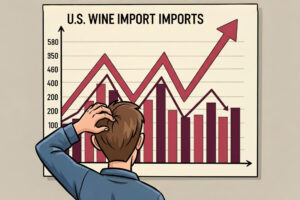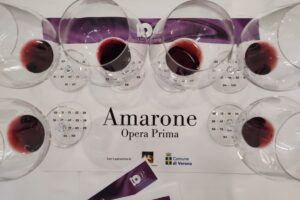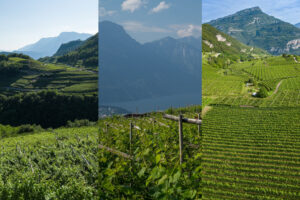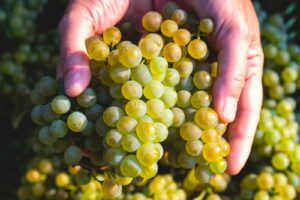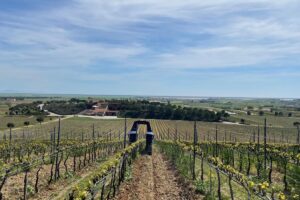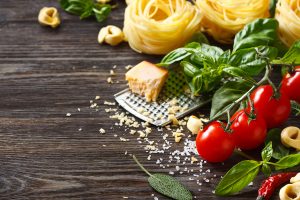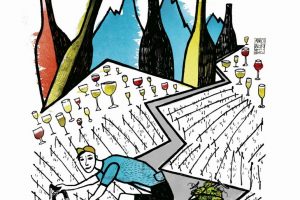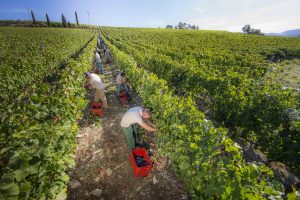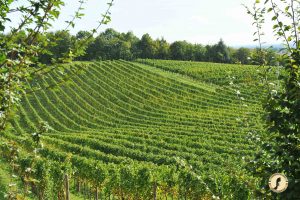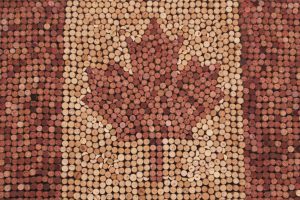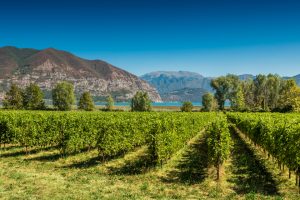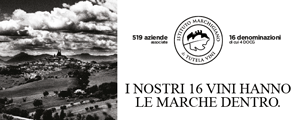In 2019, the land market in Italy has been substantially stable, considering the fact that after two years of growth, land values have registered a slight decline (-0.4%). There are some interesting figures, such as values ranging between 170.000 and 360.000 euros per hectare for the gardens where the San Remo flowers in Liguria are grown, or, for example, the apple orchards in Val Venosta, in Trentino Alto Adige whose values range between 450.000 and 750.000 euros per hectare. These are some of the results of the survey carried out by CREA, the Ministry of Agriculture’s council for agricultural research and economy, in the first half of 2020 (referring to 2019, in a pre-Covid19 scenario, the values of some of the most famous vineyards in Italy are noteworthy, which, however, according to the market sentiment that WineNews has gathered periodically from insiders and experts, especially in some of the topmost territories, appear underestimated, ed.). The CREA survey also revealed the initial concerns, relative to the pandemic, regarding economics, finding laborers and the drop in demand for some products (such as wine, which generally seems to have stayed stable, or such as the agritourism offer, which, conversely, has actually collapsed like all the rest of the tourism sector), especially in agricultural areas of lesser value that were facing more challenges, chiefly in the South. Most of the experts believe, logically, that it will be necessary to wait until 2021 to confirm a more objective assessment of the effects of the Pandemic on investment prospects of entrepreneurs. Some types of business, like viticulture and floriculture, have been exceptionally damaged by the health emergency. CREA has pointed out that these types of businesses are especially exposed to the risk of business failure, or to changing perspective in terms of land investments. The credit data, instead, is partially contrasting.
According to the Bank of Italy, credit for purchasing agricultural properties increased 16% in 2019, bringing the overall values (550 million euros) up to levels comparable to those recorded at the beginning of the decade. They are still less, compared to the previous decade, when access to credit had reached values of over 700 million euros per year. Further, even though there are greater financial resources available, lower cost of money and credit risk, according to the Observatory of the National Rural Network on credit, professionals in the sector are complaining about the excessive demand for sureties, the still relatively high cost of financing and the lengthy time for investigations.
In the meantime, as we mentioned, the CREA survey, whose data refer to 2019, reveals that there is significant stability on the land values in the topmost Italian wine denominations (compared to the 2018 surveys). It should be emphasized, however, that these data have purely indicative and statistical value (which are lower in many cases than those WineNews has collected among professionals and companies). In the actual negotiation phase, prices can change quite a bit. The difference comes from, in addition to the value and success of the appellation, many other factors, including exposure to altitude, the state of health of the vineyards being adjacent or not to those of the potential buyer and so on, just to name a few.
According to the CREA survey, the most popular vineyards are as usual, those of Barolo DOCG, ranging, according to CREA, from 200.000 euros to 1.5 million euros, ahead of the Brunello di Montalcino vineyards, which range between 250.000 and 700.000 euros per hectare. The values are very high in Adige, as vineyards Lake Caldaro area, in the Isarco Valley and in the lower Val Venosta range from 440.000 to 690.000 euros per hectare while vineyards north of Trento range between 220.000 and 400.000 euros. The prices of the Prosecco DOCG vineyards, on the UNESCO heritage hills of Conegliano and Valdobbiadene, are also high, between 350.000 and 500.000 euros per hectare, while on the nearby hills of Asolo prices range from 250.000 to 380.000 euros. Returning to Tuscany, according to CREA data, in Bolgheri the value of a hectare of DOC vineyard ranges from 200.000 to 400.000 euros, while in Chianti Classico values are from 90.000 to 150.000 euros per hectare in the province of Siena, and 110.000 to 160.000 in the province of Florence. Prices of vineyards in Friuli-Venezia Giulia are also quite interesting. In the Colli Orientali area they are from 40.000 to 90.000 euros, in the Collio, they start at 45.000 and reach120.000 euros. In Umbria, the Montefalco vineyards range from 35.000 to 45.000 euros per hectare, while in the Marche, in the Matelica area, prices range between 25.000 and 45.000 euros, and in Lazio, the most expensive vineyards are at Castelli Romani, ranging between 80.000 and 100.000 euros. Further south, vineyards with appellations in Abruzzi range from 22.000 to 60.000 euros per hectare, while in Irina, in Campania, they range from 25.000 to 60.000 euros, and in the Vulture area of Basilicata, prices range from 22.000 to 40.000 euros per hectare. In Sicily, the highest quoted denomination, needless to say, is Etna, where vineyards range between 37.000 and 75.000 euros per hectare. Where are the most affordable vineyards in Italy? In Sardinia, and precisely, in Ogliastra, where one hectare in the Cannonau area fluctuates between 11.000 and 15.000 euros.
Copyright © 2000/2026
Contatti: info@winenews.it
Seguici anche su Twitter: @WineNewsIt
Seguici anche su Facebook: @winenewsit
Questo articolo è tratto dall'archivio di WineNews - Tutti i diritti riservati - Copyright © 2000/2026










